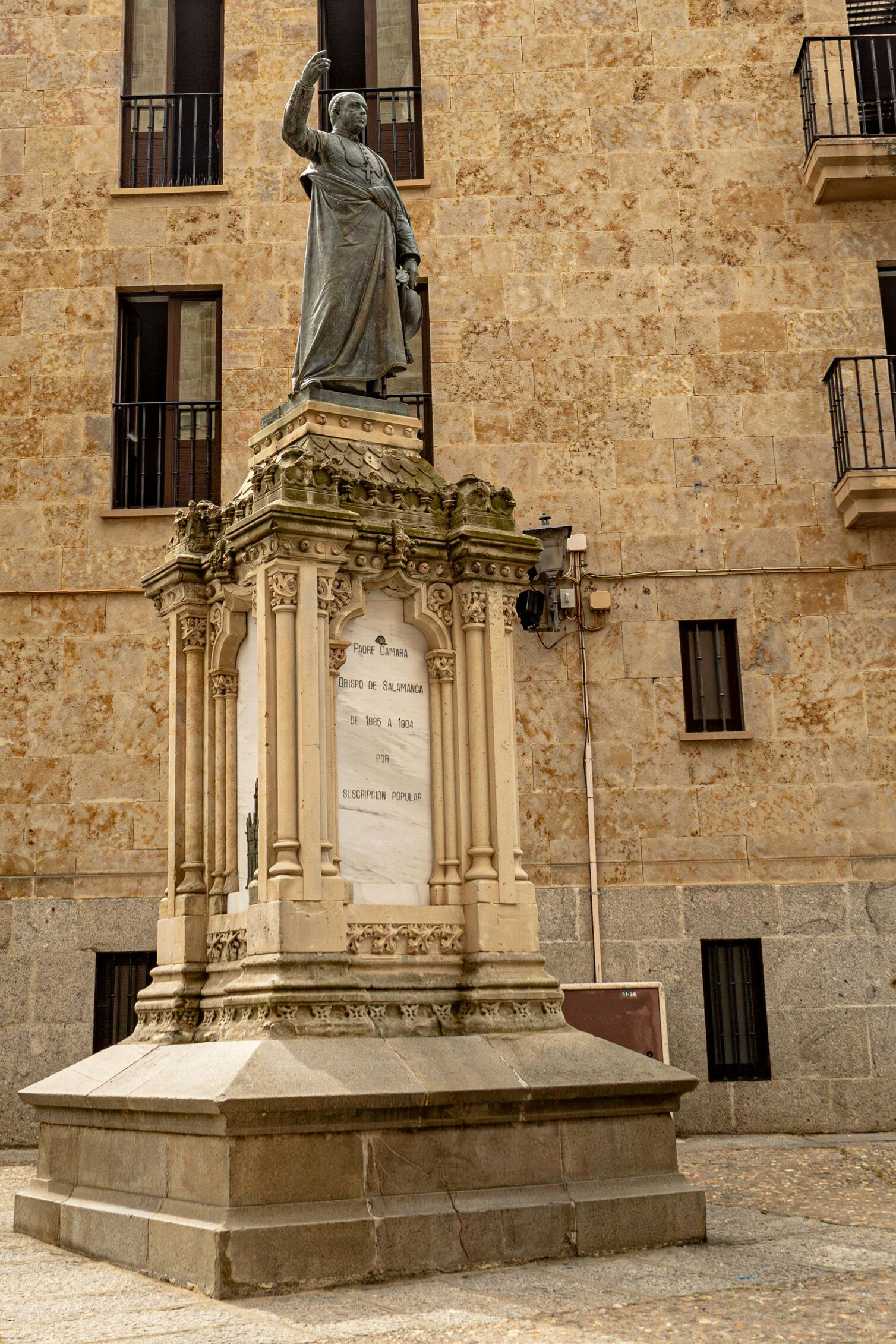Montclair, New Jersey, is a charming town that boasts a rich history, and exploring its historic landmarks and hidden gems will take you on a captivating journey through time. From quaint walkways and iconic buildings to restored districts, Montclair offers something for history buffs, architecture enthusiasts, and even casual visitors who want to learn about the area's cultural evolution. So, lace up your walking shoes, and let's explore some of Montclair’s most fascinating historic landmarks!
Local Historic Districts
Montclair Historic Districts
Montclair is home to several local historic districts, each with its own unique architectural styles and cultural significance. The historic districts are protected by laws that ensure the preservation of their distinctive charm. Let’s take a closer look at some of the most notable ones:
Pine Street Historic District
This working-class neighborhood, which dates back to the 1880s through the 1930s, is a treasure trove of history. The district features a mix of architectural styles, including Renaissance Revival, Italianate, Classical Revival, and Bungalow-Craftsman designs. Pine Street’s modest homes and quaint streets offer a peek into the daily lives of early Montclair residents.
Town Center Historic District
Located along Bloomfield Avenue, the Town Center Historic District is Montclair’s largest commercial area. This district is home to 176 buildings that span from the 1840s to the 1960s, showcasing styles like Queen Anne and Classical Revival. Here, you can explore some of the town’s most historic storefronts and architectural gems while enjoying modern-day shopping and dining.
Upper Montclair Business Historic District
This district is a key commercial hub with 93 buildings, predominantly from the 1880s to 1930s. The Upper Montclair Business Historic District is particularly famous for its Colonial Revival, Queen Anne, and Tudor Revival architecture. Walk along Valley Road and Bellevue Avenue for a delightful mix of historic shops and charming streets.
Watchung Plaza Historic District
A small yet charming commercial district near the train station, Watchung Plaza was developed between the 1900s and 1930s. Its Tudor Revival-style buildings and early 20th-century parks make it a must-visit spot for anyone looking to explore the more intimate side of Montclair’s history.
Montclair Landmarks
Beyond its historic districts, Montclair also has several landmarks that tell the story of its diverse community. Whether you're interested in religious sites, sports venues, or iconic public spaces, Montclair has a bit of everything. Here are some of the top landmarks to check out:
1. Our Lady of Mt Carmel Church
A spiritual cornerstone of the community, Our Lady of Mt Carmel Church is known for its welcoming atmosphere and vibrant community outreach. It’s a beautiful, historic church that has been serving Montclair residents for generations.
2. New York Red Bulls II
For soccer fans, the New York Red Bulls II stadium in Montclair offers an exciting game-day atmosphere. As a second-tier professional soccer team, the Red Bulls II games are accessible and fun, making it a great destination for sports lovers.
3. Lackawanna Plaza
One of Montclair’s most historic spots, Lackawanna Plaza is a former train station that’s currently being revitalized into a mixed-use space. The development will include retail, housing, and community areas, making it a symbol of the town’s commitment to urban renewal and preserving its history.
4. Immaculate Conception Church
This historic church is another important religious landmark in Montclair, known for its beautiful architecture and role in the local community.
5. Fortunato Field
Sports enthusiasts will appreciate a visit to Fortunato Field, a local sports venue that has been an integral part of Montclair’s recreational scene for years.
6. Bnai Keshet Reconstructionist Synagogue
Bnai Keshet is a landmark in the Montclair Jewish community, offering a unique and welcoming space for worship and cultural activities.
7. Chabad of Montclair
Chabad of Montclair serves as a hub for Jewish life in the area. Its welcoming environment and community programs make it an important cultural landmark in Montclair.
8. Congregation Shomrei Emunah
Another key Jewish landmark, Congregation Shomrei Emunah is known for its engaging community and role in preserving Jewish traditions in Montclair.
Montclair’s Secret Walkways
In addition to its well-known landmarks, Montclair is also home to some hidden treasures: its secret walkways. These little-known pedestrian paths were originally informal routes across private land, connecting key areas of the town. Today, they remain publicly accessible and offer an incredible glimpse into Montclair’s history and development.
Some of the most notable walkways include:
- Hinck’s Alley: This path, dating back to the 1860s, was developed by the Hinck brothers and is the longest of Montclair’s secret walkways. It connects Grove Street and Montclair Avenue.
- Dike’s Lane: Connecting South Mountain and Clinton Avenues, Dike’s Lane dates back to the 1870s and passes by the former studio of artist Thomas Manley.
- Mid-Park Lane: A charming path near Erwin Park, Mid-Park Lane was improved in 1944 when a bridge was built over Toney’s Brook. It’s a testament to Town Commissioner William J. Minsch’s dedication to preserving Montclair’s green spaces.
- Essex Way: This pathway once served as the property line between two landowners in the 19th century. It was improved in 1946 and is said to feature an underground tunnel—adding a touch of mystery to the walkway.
- The Walkway: Hidden between Highland and Edgecliff Avenues, this walkway borders what was once an old quarry. It’s a great spot for those looking for a peaceful stroll.
- Pleasant Avenue Walkway: Located near Rosedale Cemetery, this path was created in 1964 after traffic concerns led to the removal of a vehicle road. It reflects the town’s shift towards community preservation.
FAQs About Historic Landmarks in Montclair
What are Montclair’s Historic Districts?
Montclair’s Historic Districts are areas designated for preservation due to their cultural and architectural significance. These districts feature buildings that reflect Montclair’s growth and development from the 19th to 20th centuries.
What is the oldest landmark in Montclair?
The oldest landmarks in Montclair are found in the Town Center Historic District, with buildings dating back to the 1840s. These buildings showcase architectural styles like Queen Anne and Classical Revival.
Are Montclair's historic landmarks open to the public?
Yes! Many of Montclair’s historic landmarks are open to the public, including churches, sports venues, and parks. Some areas, like the secret walkways, are hidden gems waiting to be discovered on foot.
How can I take a tour of Montclair’s historic landmarks?
You can explore Montclair’s historic landmarks through walking tours offered by the Montclair History Center. They often feature themed tours, including architectural tours of Montclair’s historic districts.
Share & Connect
Do you have a favorite historic landmark or hidden gem in Montclair? Share your thoughts with us in the comments below, and don’t forget to share this article with friends and family who love history!


